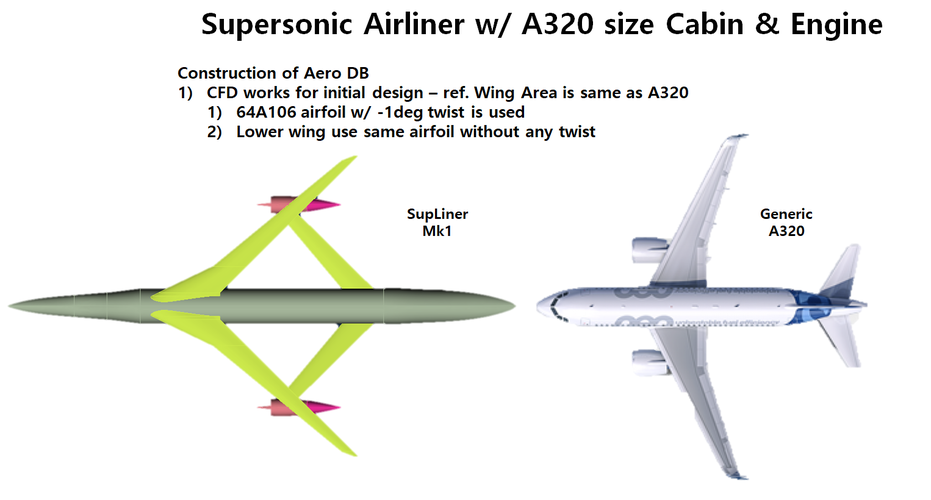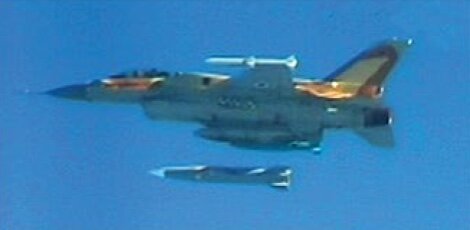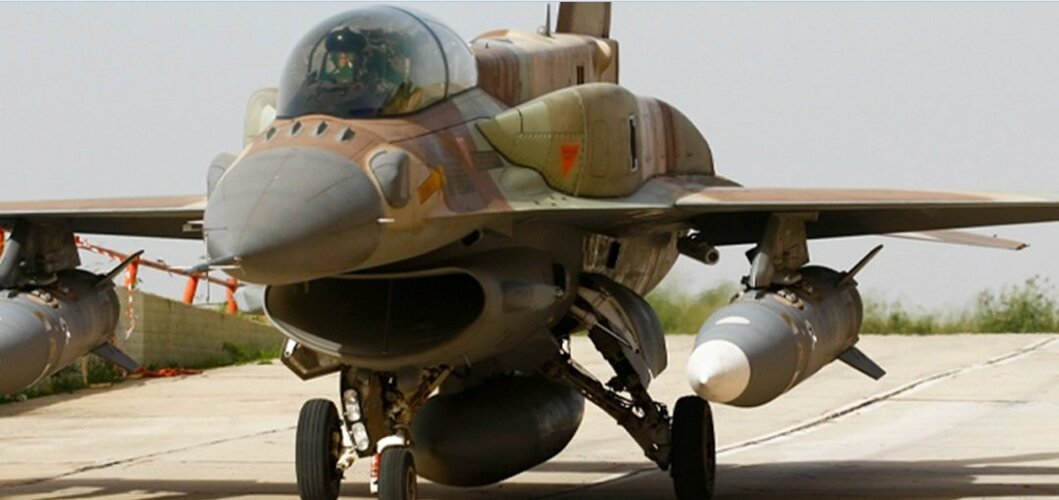litzj
BLOG : http://jaesan-aero.blogspot.com/
https://jaesan-aero.blogspot.com/2018/09/initial-version-of-missile-sim-for.html
I want to get some feed back or useful information related to my simulation
Recently, I have worked some Python code for Missile-Rocket-Projectile Simulation having 2DOF.
Because I could only simulate lift/drag characteristics of the missile body as shown in Fig. 5, my simulation is relatively simple. Full 6DOF simulation work have been developed for Matlab code when the full 6DOF data, inertia, center of gravity, moment coefficient, is available, however, in most cases, it is not available.
Most of my article in the past was relied on estimation of hunch or prediction from common sense, however, I realized better tool for estimation is required. Although, modification of past Matlab code is easier way, study of python code is also enjoyable.
As a future plan, I perform CFD for supersonic reference cases via ANSA + StarCCM while improvement for this code will be done. below CFD figure is example.
After completion, analysis for Missile/SCRAMJET/Cruise Missile is on plan
1. Implemented
- Atmospheric / Gravity condition change via Altitude
- Calculation of Altitude, Speed, Range from Input Trajectory
- Consideration of multi-pulse or stage rocket
- Usage of Aerodynamic data for Mach/AoA
2. Planned or WIP
- Range optimization for missile? - recommendation of paper/report
- 3DoF/6DoF expansion - not planned (precise data for Inertia, CG is not available)
- Good reference case for certain missile shape - recommendation of paper/report
I want to get some feed back or useful information related to my simulation
Recently, I have worked some Python code for Missile-Rocket-Projectile Simulation having 2DOF.
Because I could only simulate lift/drag characteristics of the missile body as shown in Fig. 5, my simulation is relatively simple. Full 6DOF simulation work have been developed for Matlab code when the full 6DOF data, inertia, center of gravity, moment coefficient, is available, however, in most cases, it is not available.
Most of my article in the past was relied on estimation of hunch or prediction from common sense, however, I realized better tool for estimation is required. Although, modification of past Matlab code is easier way, study of python code is also enjoyable.
As a future plan, I perform CFD for supersonic reference cases via ANSA + StarCCM while improvement for this code will be done. below CFD figure is example.
After completion, analysis for Missile/SCRAMJET/Cruise Missile is on plan
1. Implemented
- Atmospheric / Gravity condition change via Altitude
- Calculation of Altitude, Speed, Range from Input Trajectory
- Consideration of multi-pulse or stage rocket
- Usage of Aerodynamic data for Mach/AoA
2. Planned or WIP
- Range optimization for missile? - recommendation of paper/report
- 3DoF/6DoF expansion - not planned (precise data for Inertia, CG is not available)
- Good reference case for certain missile shape - recommendation of paper/report























